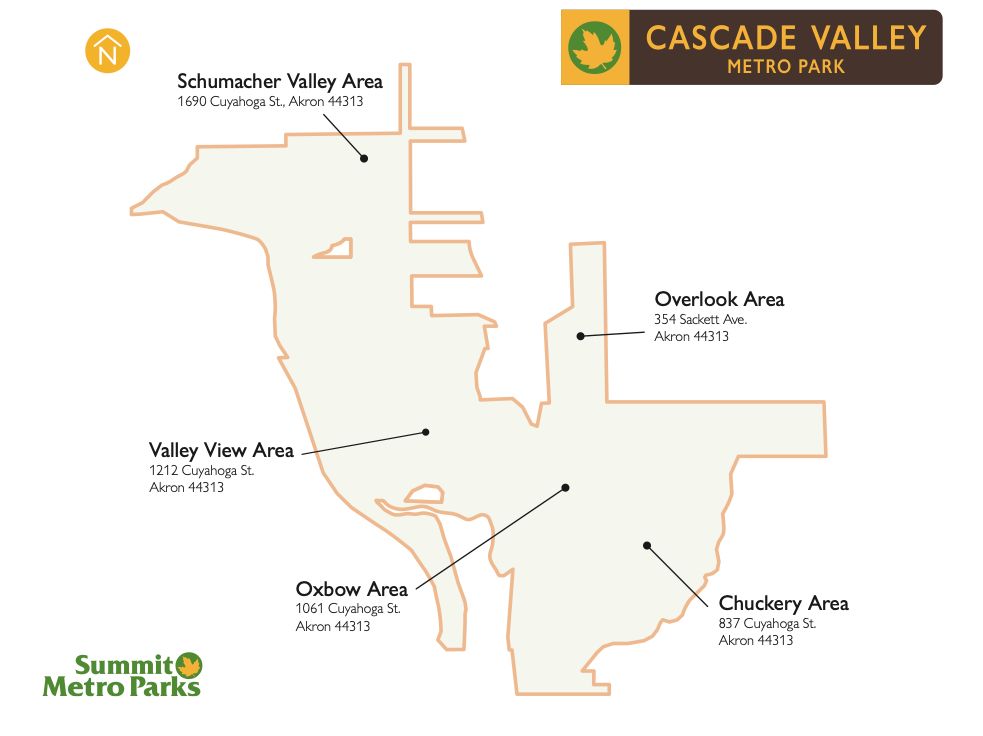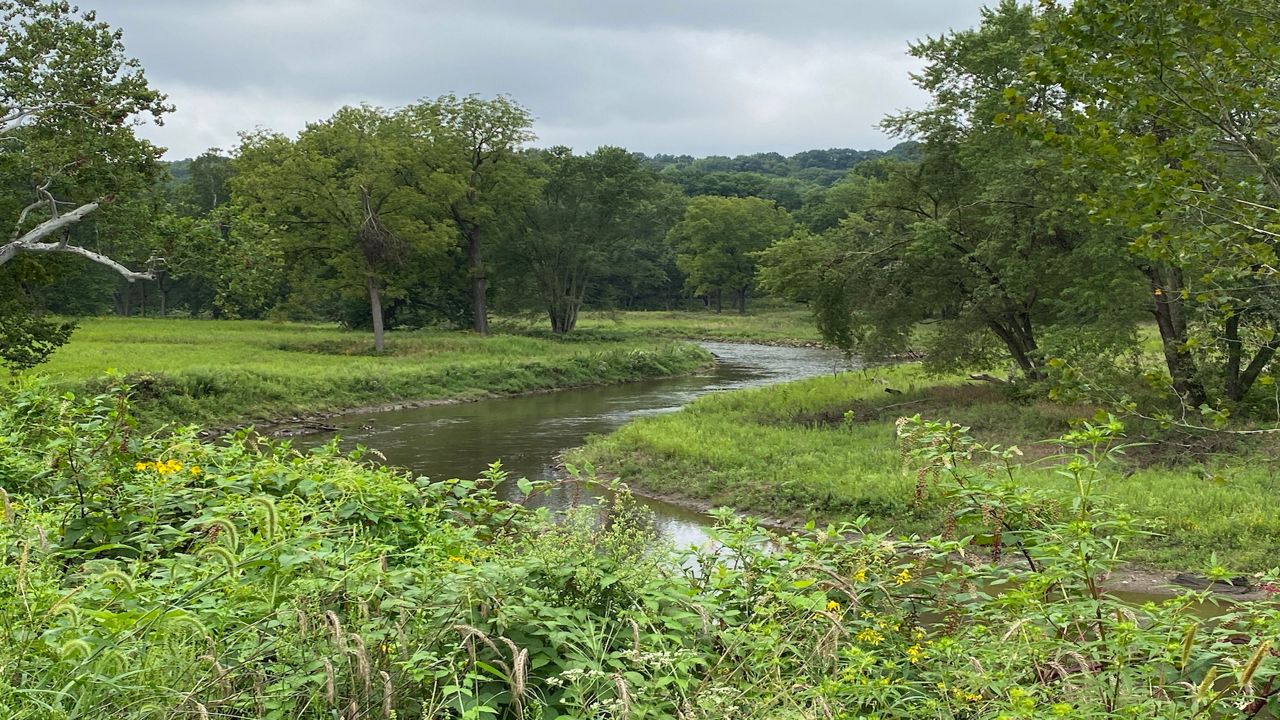AKRON, Ohio – Summit Metro Parks recently recorded the first-ever capture in Summit County of a fathead catfish in the Cuyahoga River at Cascade Valley Metro Park.
Although flathead catfish have been in the Great Lakes for decades, it’s remarkable the fish made it this far upstream, said Mike Johnson, Summit Metro Parks chief of conservation.
“The only way it could have gotten to Akron is from Lake Erie, and it was able to pass through the old Brecksville Dam,” Johnson said. “So now that that dam is gone, we have unrestricted fish movement from Lake Erie to the base of the Gorge Dam.”
The presence of the catfish is among several positive indicators of the river’s return to health, which Metro Parks has recorded since ecological restoration began of about 200 acres of former dairy farm-turned golf course land, Johnson said.
The site is in the Valley View Area of Cascade Valley Metro Park just north of downtown. The area under restoration links three Metro Parks, creating 1,800 acres of green space supporting local wildlife populations on land and in the Cuyahoga River, the agency said.
Metro Parks has worked for about five years to restore streams, wetlands and flood plains that were altered over the decades to accommodate previous uses of that land.
The $3.5 million restoration was funded through grants from the Great Lakes Commission, the Clean Ohio Conservation Fund and the National Oceanic and Atmospheric Administration, Johnson said.
Much of the restoration has been dramatic. Metro Parks biologists excavated 6-8 feet of material over six acres to recreate more than 60 acres of floodplain, Johnson said. Floodplains help keep fish safe during heavy rainfall when the river is high and fast, and help reduce flooding in other areas.
To restore lost fish habitat, Metro Parks biologists installed boulder clusters, placing huge rocks into the river that enable current to flow over them, creating “scour pools,” or hollows, which fish like, Johnson said.
Among the measures used to track the success of the restoration is the Qualitative Habitat Evaluation Index, in which Metro Parks recently scored well, he said.
“It’s the easy one to get, because it measures things like physical habitat, so we use it not only to measure the success of the project, but it's also a design tool,” he said.
How the fish react to the habitat is measured using the Index of Biotic Integrity, which is tougher to score well on, he said, because it measures the presence of fish and the surrounding conditions based on the fish.
“But we did — we got a great response from the fish,” Johnson said. Measurement of both species and number of fish garnered good results.
Before the restoration, biologists counted 226 fish per kilometer at one site, leaping to 806 fish per kilometer after the restoration, Johnson said. At a second site, 90 fish per kilometer jumped to 300 fish per kilometer after.
Initially, only eight different kinds of fish were present, but that number increased to 26 species after the work.
”We were very happy,” Johnson said.

The biologists also looked at species of fish whose presence indicates good water quality. For example, carp can live in polluted waters so having a lot of them usually means water quality is low, he said.
One fish that indicates good water quality is called a hog sucker, Johnson said.
“I know that sounds like a really gross, dirty fish, but it's not; it’s a very, very sensitive fish. And those numbers increased tenfold,” he said.
Another good-quality fish is a minnow species called a river chub, he said.
“Before our restoration work, this entire stretch of the river we only found 10 of them,” he said. “After restoration, we found 342.”
Metro Parks also enlisted citizen biologists who have been documenting plants and wildlife, he said. To date, the volunteers have documented more than 500 different species of plants and wildlife.
In addition to the return of bald eagles, the volunteers also noted the presence of green herons, spotted sandpipers and common mergansers, Johnson said.
“These aren't birds you get everywhere,” he said. “They're not endangered or anything like that, but they're not exactly common either.”
Work is ongoing at the park, the agency said. The trails are open and the park will soon offer river access for fishing, as well as a boat launch for kayaks and canoes.



